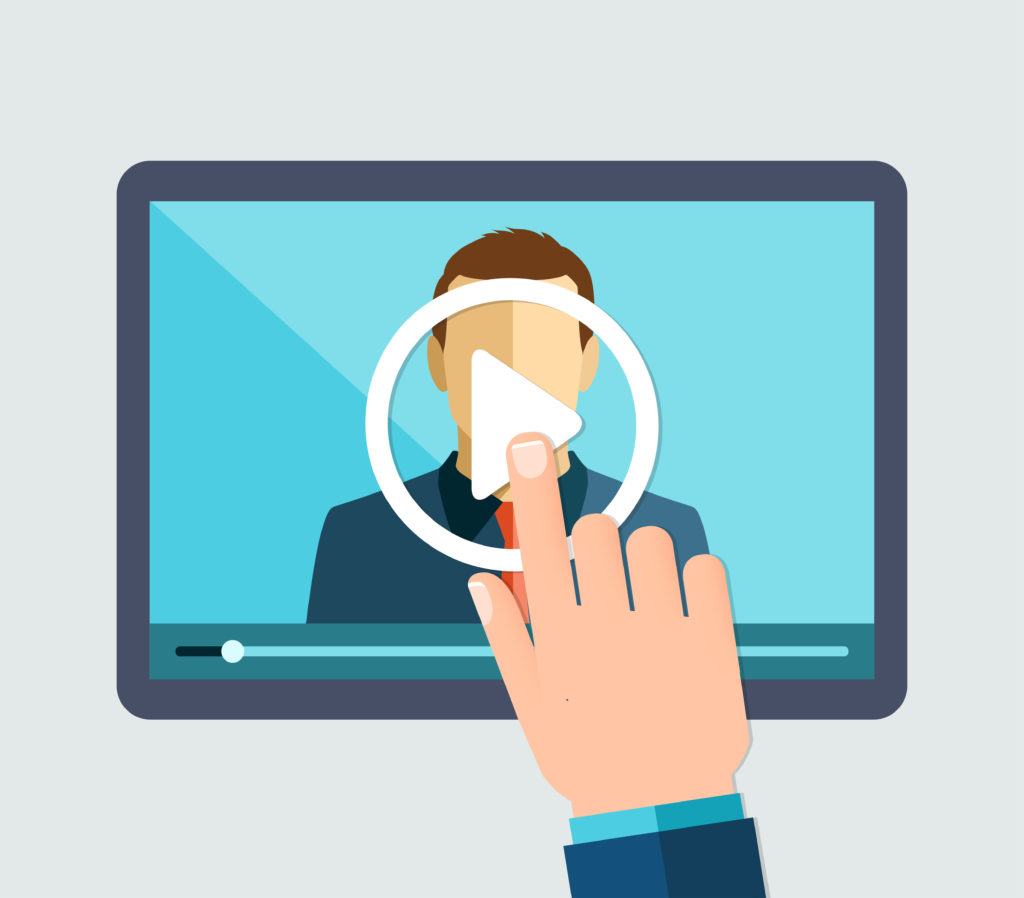
For decades, radio station sales staffs have been generating leads using a technique called “prospecting.” Prospecting involves monitoring other local media outlets — listening to other radio stations, watching local TV stations, and reading local newspapers — to see who’s advertising there. Then radio salespeople call these advertisers and solicit them to spend their money with their station.
In the best of times, prospecting is a weak strategy because the advertising dollars in question have already been spent. A salesperson needs to call on an advertiser to tell them that they spent the money in the wrong place and then, in the next breath, ask them for their money. But during the pandemic, this strategy has an even more glaring issue: it presumes that other local media outlets are having success finding advertising clients. When every local media company is taking a hit because of COVID-19, prospecting is a lot like starving dogs fighting over scraps.
Instead, radio stations should take a cue from companies outside the broadcasting industry and look for more effective ways to generate leads using the internet. One way to do this is by hosting webinars. I’ve always been a strong proponent of using webinars — we use them quite a bit here at Jacobs Media — but during the pandemic, this value of this technique becomes even more apparent.
The strategy itself is pretty simple: Host a webinar that targets the types of businesses that you think would make good advertising clients. Once they’ve registered for your webinar, you’ve captured their email address, and you can now periodically send them helpful content, keeping your station top of mind. If you’re monitoring the clicks in these email campaigns, you can identify the people who are engaging with your content; these are your leads.
Here’s a webinar that explains this strategy in more details (meta, right?).
Here are some tips to help your station execute this strategy more effectively:
1. Make your webinars educational, not salesy.
Businesses are struggling right now. Webinars that help businesses address this problem will attract a lot of attention. On the other hand, given the amount of screen fatigue we’re all dealing with at the moment, webinars that feel like a sales pitch are likely to be ignored. Right now, people are much more likely to attend a webinar titled, “How To Reassure Customers During the Pandemic” than a webinar titled, “Why Now Is a Great Time to Advertise on the Radio.” Sure, you can subtly present the case for advertising on your radio station during the webinar, but make sure the primary focus is on helping the attendee, not selling the attendee.
2. Find a strategic partner.
 Finding the right strategic partner is the key to maximizing webinar registrations. You want to find an organization that targets the same people but does not directly compete with you. If they can promote the webinar to their followers, your webinar will attract attendees who may not already be in your station’s orbit. In other words: New leads. Trade organizations and publications make for good partners. A local business journal, a chamber of commerce, or a hospitality organization are good candidates.
Finding the right strategic partner is the key to maximizing webinar registrations. You want to find an organization that targets the same people but does not directly compete with you. If they can promote the webinar to their followers, your webinar will attract attendees who may not already be in your station’s orbit. In other words: New leads. Trade organizations and publications make for good partners. A local business journal, a chamber of commerce, or a hospitality organization are good candidates.
Here’s how the partnership works: Your station writes and hosts the webinar. The trade organization agrees to promote it through channels like social media and — most importantly — a blast to their email database. In return, they get the “presents” on the webinar. This works just like it does when concerts come to town: your partner gets their logo on the webinar, they can do an introduction at the beginning, a plug at the end, and they get a list of everybody who registered.
3. Provide a follow-up resource.
Don’t think that your job is done once you’ve presented your webinar. In fact, it’s just beginning. The webinar enables you to capture the contact information of new leads, but now you need to use that information to engage with them. It’s like dating: scoring a phone number is just the beginning of the courtship.
When you create your webinar, you should also create a follow-up resource that you can send to the registrants. This could be a case study, a blogpost with more information on the same topic, or simply a recording of the webinar. Over time, you want to build up a library of resources to enable you to engage with these leads. The more content you’ve got, the more you can court them. If you’ve got enough helpful content, you can email it out over time in what’s called a “lead nurturing” campaign.
- A Simple Digital Treat to Thank Your Radio Listeners This Thanksgiving - November 13, 2023
- Interview Questions When Hiring Your Radio Station’s Next Digital Marketing Manager - November 6, 2023
- A Radio Conversation with ChatGPT: Part 2 – Promotions - October 30, 2023





Leave a Reply